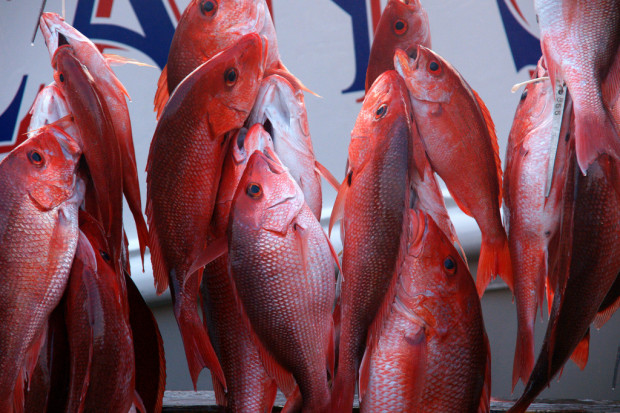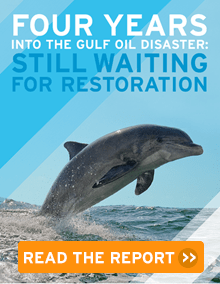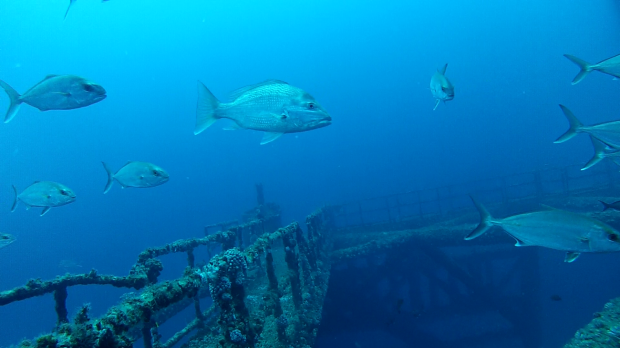We have much more to do and your continued support is needed now more than ever.
BP Spill Impacts on Red Snapper — What We Know, What We Don’t
Red snapper are one of the Gulf’s signature sportfish, popular among recreational and commercial fishermen and prized at markets and restaurants. Due to this popularity, red snapper in the Gulf of Mexico have been overfished since the early 1980s, but efforts are in place to rebuild the populations throughout the Gulf of Mexico.

 A June 2013 stock assessment report, analyzing Southeast Area Monitoring and Assessment Program (SEAMAP) trawl survey data, was recently compiled to evaluate red snapper recruitment. Data from the assessment suggests that 2010 and 2011 were the worst recruitment years since 1994 for the eastern Gulf of Mexico fishery. This led the Gulf of Mexico Fishery Management Council to approve more conservative quotas in anticipation of two weak age-classes moving through the fishery.
A June 2013 stock assessment report, analyzing Southeast Area Monitoring and Assessment Program (SEAMAP) trawl survey data, was recently compiled to evaluate red snapper recruitment. Data from the assessment suggests that 2010 and 2011 were the worst recruitment years since 1994 for the eastern Gulf of Mexico fishery. This led the Gulf of Mexico Fishery Management Council to approve more conservative quotas in anticipation of two weak age-classes moving through the fishery.
New Research on Impacts
Research recently presented by the University of South Florida point to potential impacts of the spill on red snapper. An analysis of snapper populations in the Gulf that was done between 2011 and 2013 showed an unusual lack of younger snapper. Preliminary results also point to a decline in red snapper growth rates after 2010.
Scientists with the University of West Florida found a similar decline in reef fish after the spill. Small plankton-eating fish, such as damselfishes and cardinalfishes, declined most dramatically but red snapper and other larger reef fish also declined.
Interestingly, a study released on Tuesday of this week did not find the decline in juvenile fish suggested by the three studies above—at least not on artificial reefs at four sites off the Alabama coast.

![]() Make a donation to protect Gulf wildlife and their habitat.
Make a donation to protect Gulf wildlife and their habitat.
Want to know more about the disaster’s impacts on wildlife? Read out recent report, Four Years Into the Gulf Oil Disaster: Still Waiting for Restoration.






















